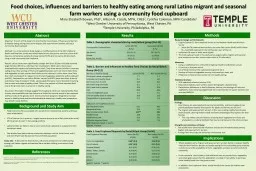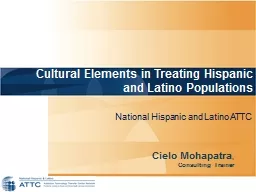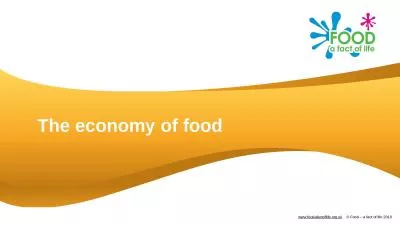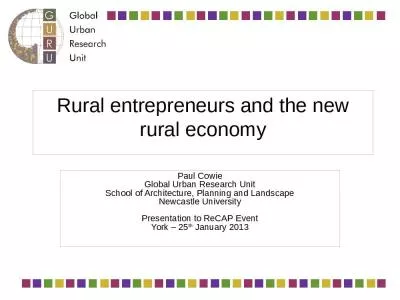PPT-Food choices, influences and barriers to healthy eating among rural Latino migrant and
Author : calandra-battersby | Published Date : 2018-09-30
Mary Elizabeth Bowen PhD 1 Allison R Casola MPH CHES 2 Cynthia Coleman MPH Candidate 1 1 West Chester University of Pennsylvania West Chester PA 2 Temple University
Presentation Embed Code
Download Presentation
Download Presentation The PPT/PDF document "Food choices, influences and barriers to..." is the property of its rightful owner. Permission is granted to download and print the materials on this website for personal, non-commercial use only, and to display it on your personal computer provided you do not modify the materials and that you retain all copyright notices contained in the materials. By downloading content from our website, you accept the terms of this agreement.
Food choices, influences and barriers to healthy eating among rural Latino migrant and: Transcript
Download Rules Of Document
"Food choices, influences and barriers to healthy eating among rural Latino migrant and"The content belongs to its owner. You may download and print it for personal use, without modification, and keep all copyright notices. By downloading, you agree to these terms.
Related Documents














